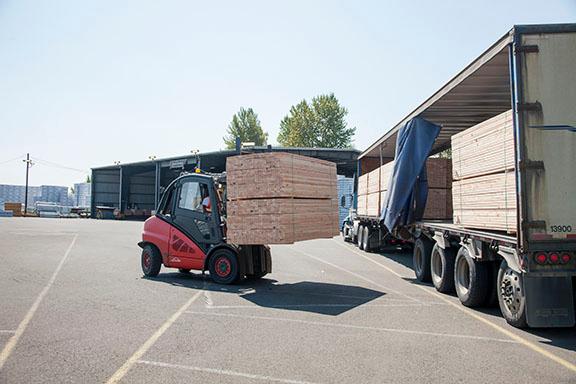

overhead crane, which is used to transfer products seamlessly between trucks and trains. West Memphis Transload employees Dexter Hoggan, Lead Operator, Jessica Reid, Office Manager and Garry Armstrong, VP West Memphis Operations are pictured near a Mi-Jack 100k lb. And of course its connection to Union Pacific tracks gives it access to Class I rail service. The WMT property is just three miles from highways I-40 and I-55, some of the most heavily traveled interstates in the country, for easy truck access. Its home of West Memphis, Arkansas, sits directly across the Mississippi River from Memphis, Tennessee, making it part of the Memphis metro area. “Water is the cheapest form of transportation on a per-ton basis by having access to water at our site we are providing another low-cost solution to shippers and customers.”īeyond being less than a mile from the City of Memphis dock, WMT is strategically located for other reasons, too. “We have a strategic relationship with the City that includes pre-established rates so we can provide a barge-to-shuttle-to-rail package to the customer,” Towner said. Or, the reverse is also possible – products can arrive to the dock via barge, and WMT can arrange for trucks to bring them over to their facility to be transloaded to rail. WMT is located less than a mile from the City of Memphis dock, allowing them to transload products from trains to shuttle trucks that take them over to the dock to travel by barge. And there is room to grow: another 2,500 acres of land surround the site, which are available for WMT to purchase and develop to meet customer needs.Īnother feature unique to WMT is its proximity to the City of Memphis dock. If a customer needs storage, the facility offers 24 acres of outdoor storage, with another 100k square feet of indoor storage in development. The company also has strategic partnerships with trucking companies to arrange for first- and last-mile delivery. WMT has four railroad tracks with room for 70 rail cars, including a three-mile rail line that connects to Union Pacific rail service, where products can travel for the long haul. “Sometimes we have to set up operating practices and invest in different tools and machines to meet the needs of that commodity, but our team is experienced and can handle just about any product.”Īlthough the terminals are where the actual transloading takes place, WMT is comprised of some other very important elements to facilitate the movement of products between trucks and trains. “We can transload basically anything a customer would be looking to have handled,” WMT Managing Partner Stu Towner said. On hand to transfer these products between trucks and trains are a 100k pound crane and two 36k pound forklifts - but WMT has ready access to additional equipment as needed to accommodate whatever customers are shipping, from grains, food products and starches, to rock and ag products, liquids, chemicals or plastics. West Memphis Transload actually has two transload terminals: one that typically handles steel and wood products, coils, lumber and wood ties, and the other that serves as a bulk transfer facility for long steel products like tubing and piping. What Does a Transload Facility Look Like?Įvery transload facility looks a little different, but in general, you’ll probably see an industrial building (the transload terminal itself), railroad tracks, a paved area for trucks to pull in, indoor and/or outdoor storage, and equipment like cranes, forklifts, conveyors, pumps or cranes. But how does it really work? Stu Towner, CEO of Jaguar Transport and Managing Partner for West Memphis Transload (WMT), sat down with us to provide an insider’s look at transloading and share how his transload facility connects shippers with the most cost effective and sustainable shipping modes. If you want easy access to the benefits of rail, transloading may be your best shipping option. As a result, shippers can use rail to lower their transportation costs and leverage a greener shipping option, even if they (or their customers) don’t have tracks at their facility.

This gives shippers the flexibility of trucks to pick up and/or drop off shipments and the economic advantages of shipping by rail for the long haul in between. When products are transloaded, they’re moved from trucks to rail cars, or vice versa. If you’ve ever wished you could ship your products by rail – or if you’re searching for ways to lower your transportation costs – transloading just might be your solution.


 0 kommentar(er)
0 kommentar(er)
